Japanese raspberries have long been known to gardeners. It is also called purple-free due to the color of its fruits. The birthplace of this plant is China, from where she later got into North America and Europe, where cultivated to today. This culture belongs to many years of missing lianams, family pink families. Next, consider the characteristics of this raspberry variety (Japanese raspberry), as well as the peculiarities of growing plants.
Malina Japanese: Description
The features of the raspberry Japanese are as follows:
- Raspberry Japanese Malina is a shrub with reed-like shoots whose annual increase can be more than 2 m. The leaves of the plant are composite, as a rule, from 3-5 leaves.
- On the two-year shoots in late spring buds are formed from several flowers on spiny legs. Diameter of flowers - about 8 mm. Petals culture predominantly pink or red.
- Berries oblong grow to a length of 1 cm. At the beginning of the maturation are bright red in color, and as ripening becomes dark purple, almost black color.
- Berries raspberry Japanese have a rather pleasant taste and aroma, sweet in moderation. Used both in raw form and act as a raw material for the production of jams, fruit compotes, jams and jellies.
- Studies of this type of raspberries showed that its regular use reduces the risk of leukemia and anemia. Most vitamins and minerals raspberries retain their properties even after heat treatment.
Buy raspberry seedlings Japanese can be either in a specialty store, or "with hands" have gardeners gardeners.
Reproduction Japanese raspberries
Japanese propagated raspberry, like most other fruit-bearing shrubs, in several ways:
- Reproduction by layering. This method is the most common and gives the best results. For reproduction by layering choose the most powerful escape. It is tilted to the ground and the upper part dropwise. About a month later offshoot take root, after which it can be separated from the parent shoot and transplanted to a new location.
- Reproduction delenki. This method consists in dividing the bush dug into several parts, with further transplanting each of them to a new location. Maternal bush gently dig, not to damage the root system. Then it is divided into several parts so that each of delenok had at least one healthy escape and formed roots. At the same time removed the damaged roots. Planting delenok carried out in exactly the same way as the seedlings.
- Seed propagation. Japanese raspberry seeds undergo mandatory stratification procedure. Thereafter, they are planted in individual pots with a mixture of peat and sand, and then covered with a film. After the appearance of the germ of the film is removed and put the pot on a bright warm place. After a couple of weeks, you can transplant the seedling to a permanent place. Reproduction by seeds is carried out rarely. Mainly for private household use or reproduction by layering delenki.
Raspberry Japanese: planting and care
Planting raspberry Japanese
The process of planting Japanese raspberries is practically no different from landing blackberries or other berry shrubs. Best soils for it are weakness or neutral with high fertility. When choosing a landing site, it is better to give preference to a well-lit and protected area of \u200b\u200bthe garden. It is desirable that in winter at the landing of the raspberry there was a snow accumulation. In this case, the plant will be easier to transfer frost. It is undesirable to plant raspberries on sites where potatoes, strawberries or tomatoes grown. These plants are similar in their diseases, which can cause problems with planting material.
Razing raspberries in autumn or spring, green cuttings - in summer. Prepare the soil on the site is better in the month. The first thing the site must be cleaned of weeds and residues of other cultures. Then you need to swap and make fertilizers. As the latter, overwhelmed manure usually use.
Looking for raspberries in two ways:
- Separate bushes.
- Ribbies.
The order of landing raspberries on the first method:
- For disembarking, separate wells are digging for each bush. Their size should be approximately 40x50 cm, and the depth is up to 30 cm.
- A small cone from the nutrient mixture is embanked to the bottom of the well. For its preparation, a mixture of peat, chernozem and compost is used.
- The roots of seedlings are lowered into a solution of a cowboy and placed on the cone, straightening its slopes.
- After that, the moon falls asleep the earth and slightly tamper. It is not necessary to fall asleep it. There should be a small gauge, so that when watering moisture was delayed near the bush.
- Next, 4-6 liters of water are poured under each seedling, and after it is absorbed the soil, it is necessary to climb peat, sawdust or straw.
Stages of planting this culture on the second method:
In this case, one large trench is replete with a depth of 45 cm and the width to half a meter. The length of the trench depends on the number of bushes in the tape. There should be a distance between the seedlings at least 40 cm.
- At the bottom of the trench, a mixture of fertilizer and the upper fertile soil layer is stacked. You can add mineral fertilizers (superphosphate).
- It is undesirable to use fertilizers that contain nitrogen. They will prevent raspberry rooting.
- Next, seedlings are lowered into the trench, they are poured soil, watering, and the soil after absorbing moisture is murdered.
Care for Japanese Malina
Japanese raspberries are unpretentious in cultivation and perfectly carries out almost in all climatic conditions. To obtain a good result, you must adhere to certain rules for the care of it:
- You need to carry out timely trimming of annual spiders.
- The soil should be carried out after watering or rain.
- It is necessary to feed raspberries with organic fertilizers - manure, peat.
- You need to fight weeds and pests in time.
- It is necessary to mulch the soil by organic (dry leaves, sawdusts) to maintain the optimal level of humidity.
- In order for wintering raspberry shoots, they are often flexible to the ground. To do this, the escape is carefully not to break, tip to the surface and fix the twine.
- To shoot under the weight of the berries did not break, the Japanese raspberries are tied up. When landing with individual bushes, a fan garter method is used. So, two sticks are driven between bushes. At one of them, half the first bush and half of the second, and to the other, the second half of the second and the first third is. As a result, a kind of fan is obtained.
- With a ribbon landing, it is advisable to apply a high garter method. At the ends of the series, two columns are installed, between which several rows of wire are stretched. Do it in such a way that the shoots were in a bent under a slight inclination. The shoots are tied to the wire with a twine.
Japanese Malina: Useful properties
Malina has long been known as a delicious and useful berry. In therapeutic purposes it was used a few more years ago. And for medical purposes, not only berries, but also flowers, seeds, as well as leaves of culture will be useful:
- Malina is obliged to its unique therapeutic properties to its chemical composition. In particular, it is used in atonic constipation, with disorders of metabolism, ulcerative disease, increased arterial pressure and atherosclerosis.
- Raspberries in fresh form due to its diuretic properties is useful in renal disease and when goug. In addition, the fruits of this culture are capable of carrying out an excess of uric acid from the human body.
- Rasia berries improve the complexion. Therefore, they produce skin care products. For example, make special masks that are effective for cleaning the skin from various rashes. These funds will also be suitable in order to get rid of pigment spots.
- Malina is considered aphrodisiac. Therefore, it is often put in desserts, which are served at the end of the romantic dinner.
- Malin useful are not only berries, but also leaves. Of these, it is possible to prepare sufficiently effective antipyretic, lining, anti-inflammatory, as well as sweatshops. Rasp leaves can be brewed in the form of tea. The climbs from the leaves of raspberries will be useful in digestive disorders, as well as in diarrhea.
- Raspberries are often added to fees for the treatment of cough as an expectorant component. In addition, the presentation of the leaves is recommended to wash it for the prevention of acne. If you are preparing yourself some kind of means from raspberry leaves, before taking them, it is best to consult with a specialist in phototherapy, so as not to harm your health.
Japanese raspberry: diseases and pests
Japanese raspberry bushes can be amazed by the following diseases:
- Chlorosis. This is a viral disease of the plant, as a result of which the leaves of the raspberry can yellow. Chlorosis canno viruses penetrate the damage (faults) of the cortex on the stem or escapes of the bush. Turn the malicious bacteria ticks, notes and nematodes. It may still provoke the development of the disease, as a result of which moisture is stirred and the roots of the plant are discharged. In order to prevent prevention, the roots of the fertilizer raspberries can be made, as part of which is plaster. Unfortunately, drugs that can cure this disease does not exist. The affected shoots should be completely removed from the bush, and then burn.
- Mycoplasma disease. Dachnips call this raspberry disease "Witch Broom." In appearance, damaged shoots are really reminiscent of the "broom", because many green branches are formed, which are then not fruit. Cereal the disease is quite difficult. To do this, the bush should be treated with one of the following drugs - Phytosporin-M, Triphodermin, alin-b.
- Rust. This is a fungal disease that can cause drying and yellowing of the shoots of raspberries. In addition, brown and brown spots appear from the bottom of the leaves. It is possible to cope with the data of the disease, by treating an affected bush with 1% - a bordrian liquid solution.
- Purple spotty raspberry. Amazes predominantly plants. Their foundation appears red-brown spots. If the disease progresses, the shoots of raspberries become brittle, the cortex cracks. Cerencing the spotty raspberry is possible with a 1% burgundy fluid solution. Each affected bus will need two treatments with a period of 3-4 days.
- Puffy dew. This ailment refers to the group of fungal infections. Soots and leaflets of culture are covered with a white bloom. Fruits lose their taste and deform. You can cope with the data of the disease by treating the affected bush by one of the following means - PhytoPorin-M, Triphodermin, Alin-b.
Japanese raspberry bushes affect the following pests:
- Sheet and shooting fault. These pests most often annoy berry cultures. Most often place these pests from the bottom of the leaves, as well as at the base of shoots. To combat these pests, the following drugs are designed - carbofos, accility. These means spray damaged parts of the plants.
- Cute tick. This parasite is most often equipped at the bottom of the leaflets of the raspberry. You can cope with ticks using means - carbofos, phosphamide, cidel, metaphos.
- Gallians. For raspberries are dangerous both insects themselves and their larvae. To combat these pests, the following drugs are intended - Ambush, carbofos, accility.
Application in landscape design
According to gardeners, Malina Japan is popular not only due to its taste, but also decorative properties. During the flowering or ripening of the yield, the raspberry bushes can decorate any household plot. It is most often used to form living decorative hedges. It is excellent, it looks and as a dominant.

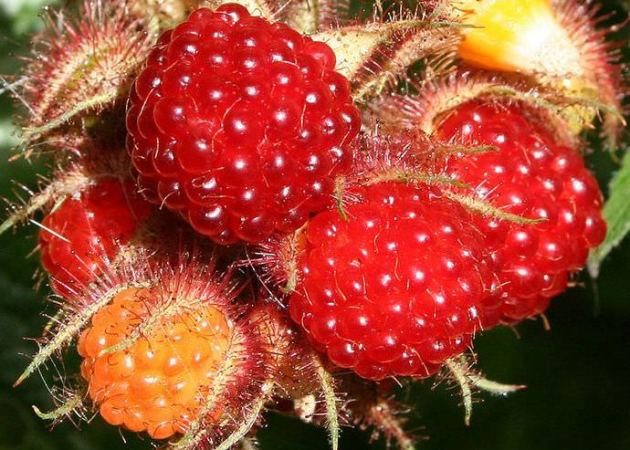
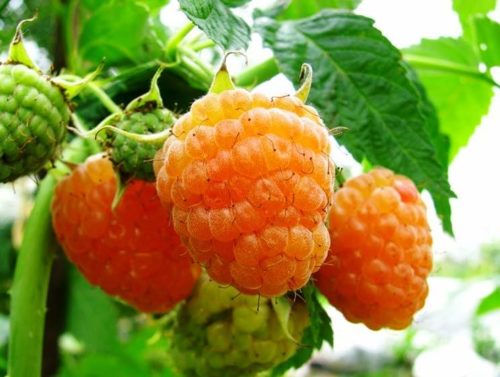
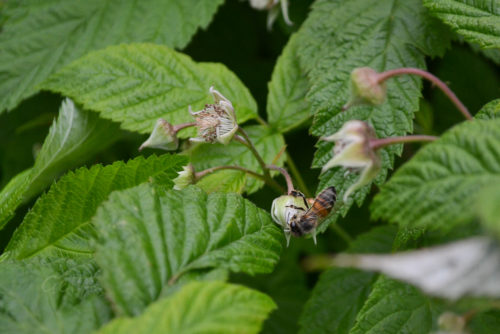
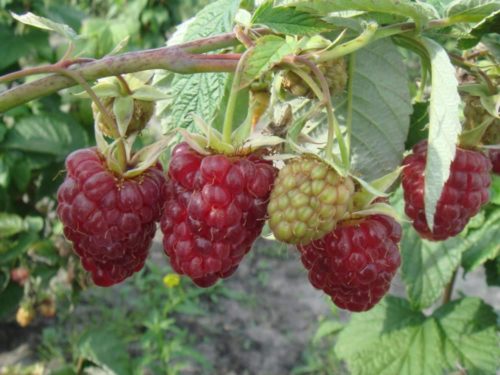
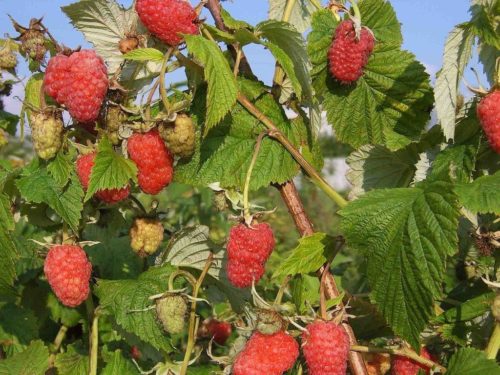
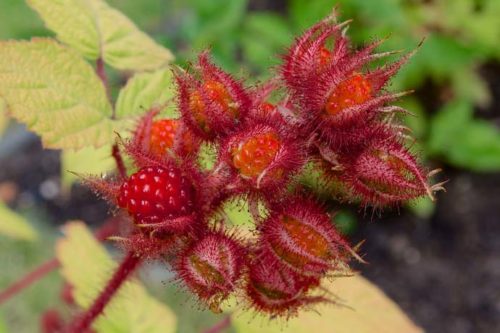
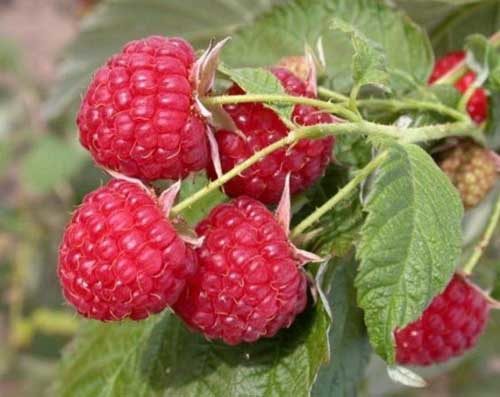
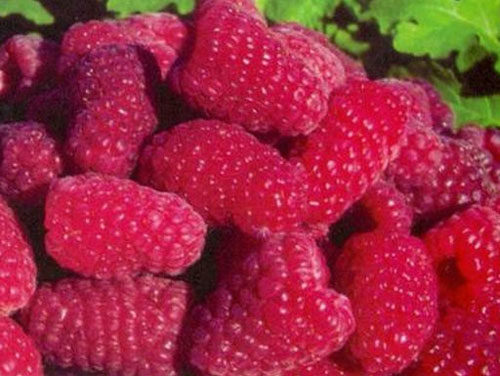
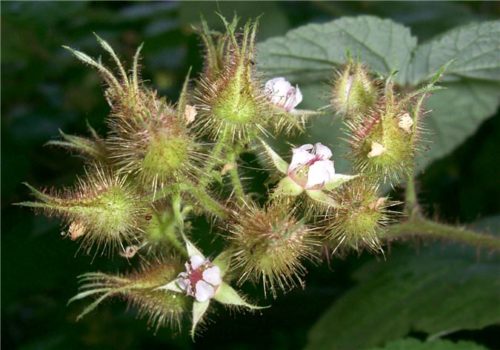
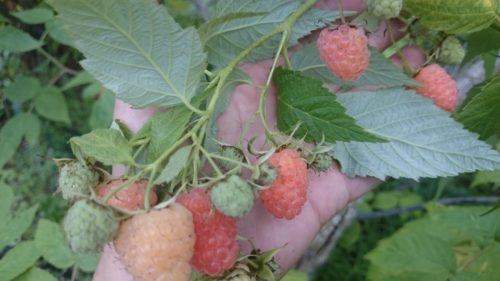
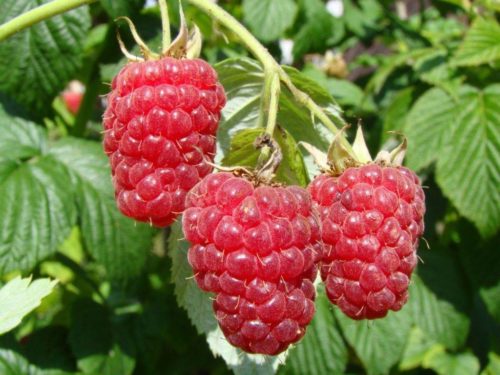
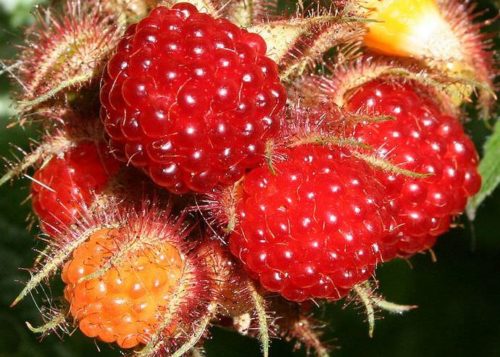













 Start a discussion ...
Start a discussion ...